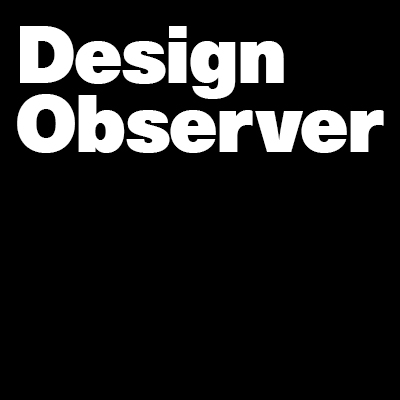The week, of course, was dominated by the Wednesday attacks on the offices of Charlie Hebdo in Paris. In his post here yesterday Steven Heller provided a brief reminder that satire has always been a target (perhaps especially in France), though it now seems that the stakes have been raised.
There was an outpouring of commentary on the situation—the attack itself and the larger implications for journalists and satirists, in particular—and some of the best in English came from graphic journalist Joe Sacco, Jeremy Harding, the New Yorker's George Packer, and novelist Hari Kunzru. Both the Economist and the New Yorker plan evocative covers next week and Charlie Hebdo itself will make a heroic return (though not with a cover that has been circulating—the satire gets meta as a French satirical television program covers the news).
There was an outpouring of commentary on the situation—the attack itself and the larger implications for journalists and satirists, in particular—and some of the best in English came from graphic journalist Joe Sacco, Jeremy Harding, the New Yorker's George Packer, and novelist Hari Kunzru. Both the Economist and the New Yorker plan evocative covers next week and Charlie Hebdo itself will make a heroic return (though not with a cover that has been circulating—the satire gets meta as a French satirical television program covers the news).
In other gleanings:
Designer, musician, and Teen-Beat records boss Mark Robinson has been quietly working on a series of (very) short films about small shops in and around Cambridge, MA, where he is based. It's called STO and the ten episodes can be found on iTunes or on his website.
Looks like satire, only real: Portland is saying a wistful goodbye … to a carpet. In an airport. And there’s a totebag.
Design Observer will host a one-day conference in New York next month!
The Southern music issue of Oxford American has a great little remembrance by Joe Ely on meeting and working with The Clash.
About a month ago, actor Griffin Dunn launched a Kickstarter campaign to fund a documentary about his aunt, the writer Joan Didion. Two lucky backers who could throw $2500 to the production would be sent a pair of the legend’s very own sunglasses, which aside from her bird-like figure and, you know, all those books—may be her signature. This week the luxury fashion label Celine launched a new ad campaign with a now-trademark, black-and-white Juergen Teller photograph of Didion wearing a pair of Celine sunglasses that look as if they may eat her alive. And it might not be as surprising a choice by the fashion house as first appears. Didion has always been known for the effortless chic (also known as "simple") that, despite astronomical prices, Celine embodies. It probably also resonates with Didion: there is a passage in The White Album in which she describes a packing list that she kept on the inside door of her closet. The list reads in full:
To Pack and Wear:
2 skirts
2 jerseys or leotards
1 pullover sweater
2 pair shoes
stockings
bra
nightgown, robe, slippers
cigarettes
bourbon
Bag with: shampoo, toothbrush and paste, Basis soap, razor, deodorant, aspirin, prescriptions, Tampax, face cream, powder, baby oil
To Carry:
mohair throw
typewriter
2 legal pads and pens
files
house key
She claims, however, to have not much interest in clothes, but this isn't the writer's first appearance in a clothing ad—she and her late daughter Quintana Roo Dunne appeared together in Gap advert in 1989. Still, it has puzzled some not why Celine sought her out, but why Didion agreed.
In the latest issue of Osmos Magazine (no. 5) Brian Sholis, associate curator of photography at the Cincinnati Art Museum, writes about Edward Steichen’s photographic designs for the Stehli silk company in the late 1920s. It’s not online, so support a young art magazine and buy it! The material is held in the Steichen archives at MoMA.
It's been a rough week in Paris, here's some beautiful design and printing from the innovative Paris printer Imprimerie du Marais and the Berlin-based designers Deutsche & Japaner.
—Eugenia Bell
Homepage image by Andy Rain/EPA


Comments [1]
01.12.15
11:05